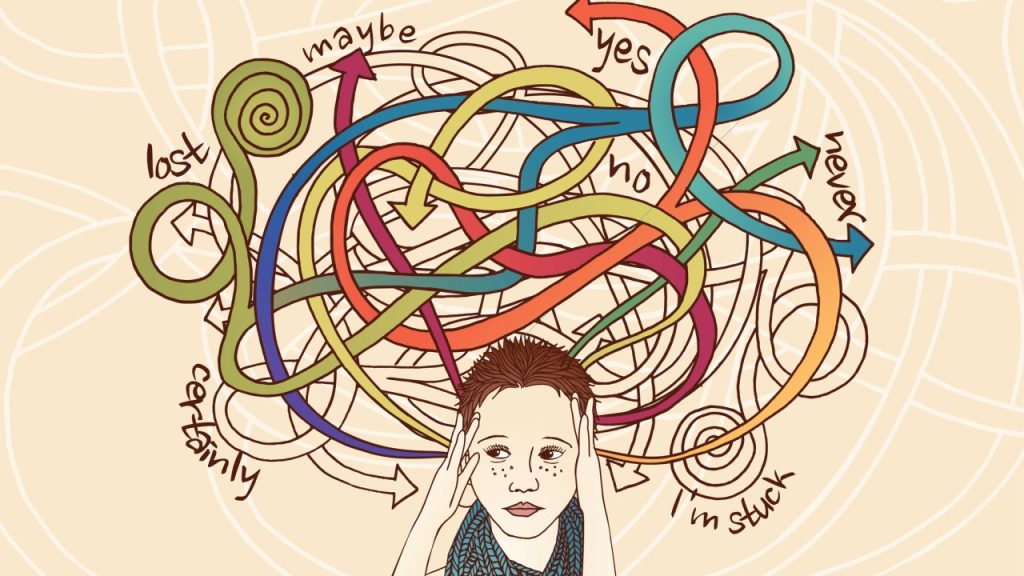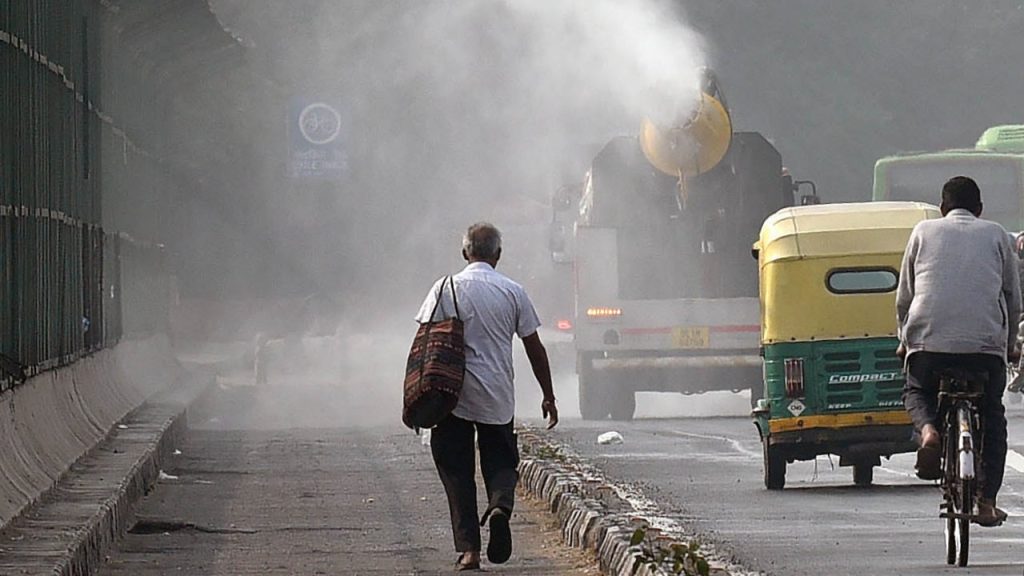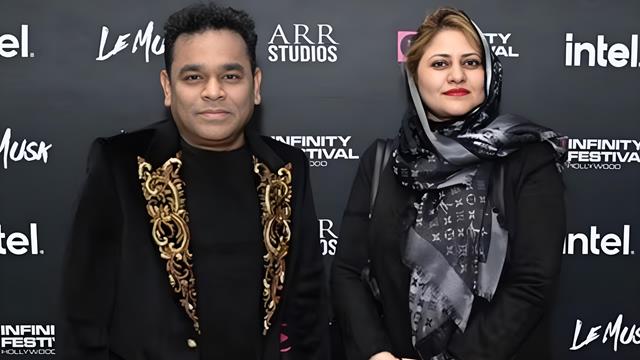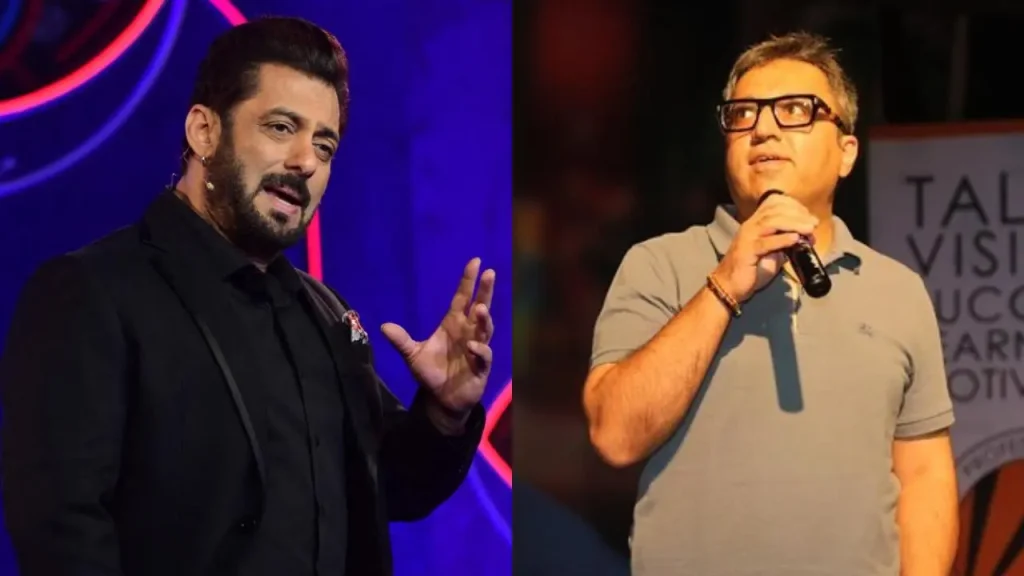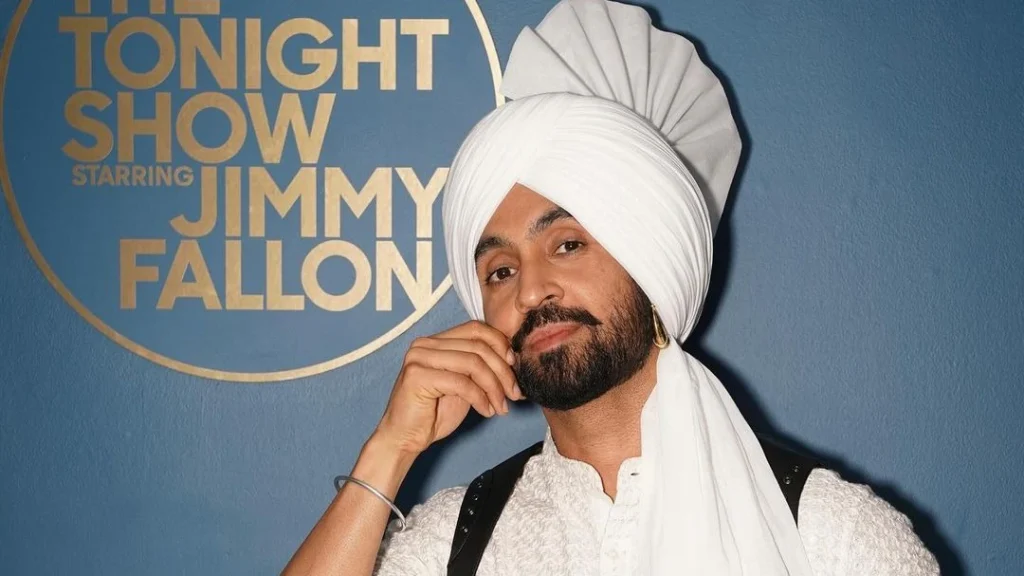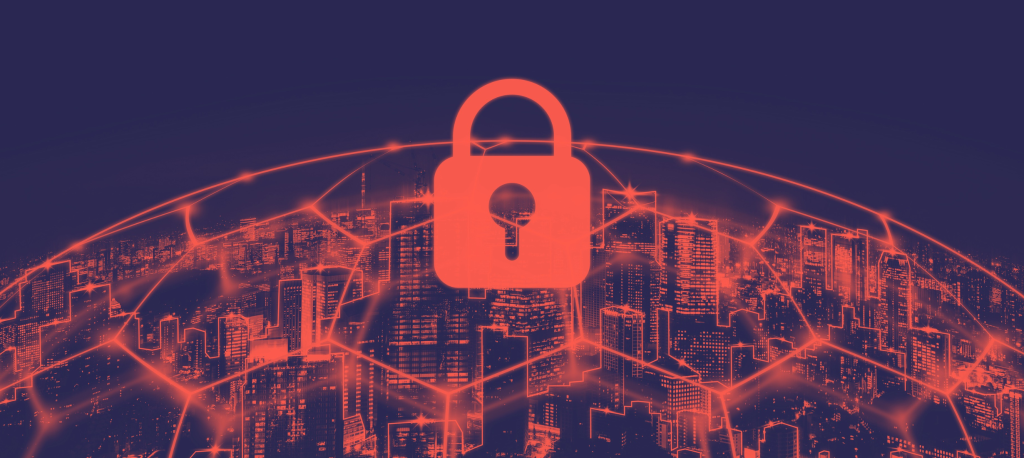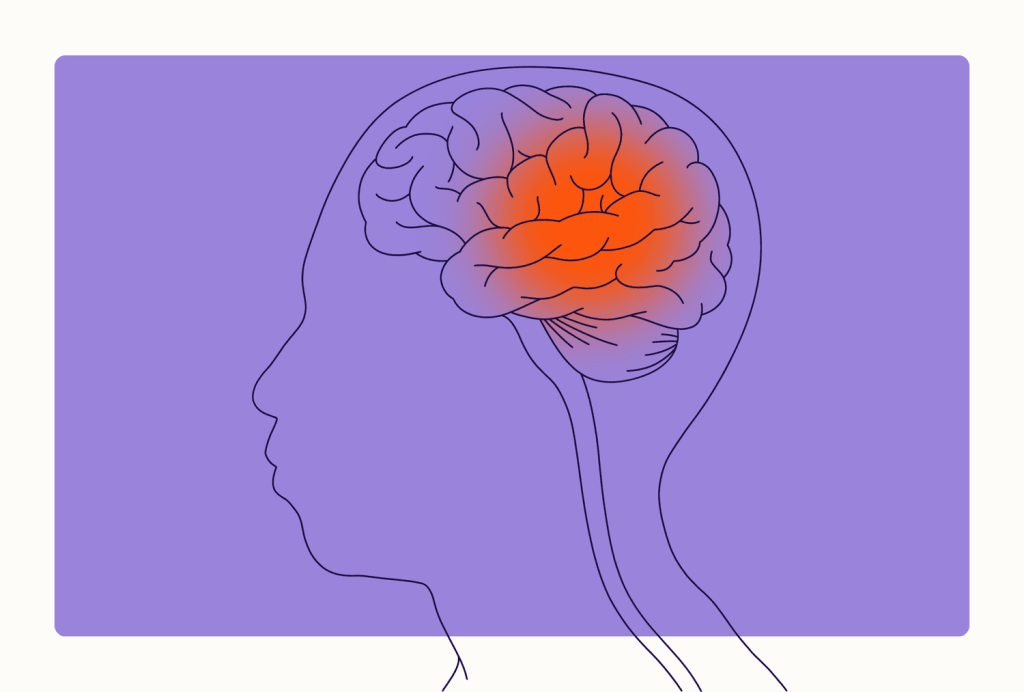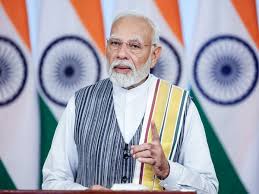Can a Busy Schedule Help ADHD Symptoms? A New Study Says Yes
ADHD, or Attention-Deficit/Hyperactivity Disorder, is often seen as a lifelong challenge. But what if the solution isn’t solely about medications or therapy sessions? A recent study spanning over 16 years, published in the prestigious Journal of Clinical Psychiatry, reveals two unexpected findings: ADHD isn’t a static condition, and a busy, structured schedule might play a surprising role in symptom management. Let’s explore how a fast-paced lifestyle might be more of a friend than a foe for those grappling with ADHD.
ADHD: A Condition in Flux, Not Fixed
Traditionally, ADHD has been understood as a neurodevelopmental disorder, characterized by symptoms like inattention, impulsivity, and hyperactivity. These traits can lead to struggles in school, work, and relationships, often starting in childhood and persisting into adulthood. Yet, this new study suggests that ADHD is far from a straightforward, lifelong sentence. Instead, it is a condition marked by periods of remission and recurrence, with symptoms that wax and wane depending on life circumstances.
Researchers, led by Margaret Sibley, Ph.D., at the University of Washington, tapped into data from the Multimodal Treatment of ADHD (MTA) study. This long-term research project followed 483 individuals diagnosed with ADHD from childhood through adulthood, examining their symptom changes every two years. What emerged was a story not of persistence or full recovery but of fluctuations—a dynamic dance between high and low symptom severity influenced by various external factors.
Fluctuating Patterns of ADHD: Understanding the Four Groups

The study identified four distinct patterns among the participants, each revealing a unique relationship with ADHD symptoms over the years:
- Fluctuating ADHD (64% of Participants): The largest group experienced alternating periods of remission and recurrence. These individuals saw their symptoms improve, often beginning in early adolescence, only to return a few years later. The average participant in this category underwent three to four shifts between high and low symptoms over 16 years.
- Stable Partial Remission (16%): These participants noticed a significant reduction in symptoms starting in late adolescence or early adulthood. Once reduced, their symptoms remained stable, never returning to previous levels of severity.
- Stable Persistence (11%): For a smaller portion of individuals, ADHD symptoms remained consistent and intense, showing little to no improvement over time.
- Recovery (9%): A rare group achieved full remission, with no significant recurrence of symptoms throughout the study.
This groundbreaking research demonstrates that most people with ADHD can anticipate times when their symptoms do not cause significant issues, akin to a person who may fluctuate in and out of obesity over their lifetime. ADHD, it turns out, is far more fluid than previously thought.
Surprising Link: A Busy Schedule and ADHD Symptom Reduction
What might be even more eye-opening is the relationship between environmental demands and ADHD symptoms. The MTA study delved into whether the responsibilities and pressures of daily life—like work, school, and financial duties—might exacerbate ADHD. Surprisingly, the findings showed the opposite. Periods of increased environmental demands coincided with times when ADHD symptoms diminished or disappeared.
“We initially thought that increased life stress would worsen ADHD symptoms,” Sibley noted. “Instead, we found that higher responsibilities and expectations were often linked to periods of remission.”
The research team speculated that during high-pressure periods, individuals with ADHD might have greater motivation to manage their symptoms due to more immediate and tangible consequences. In environments where focus and organization are essential—whether at work, in academics, or managing a household—people with ADHD might be more driven to harness coping mechanisms effectively.
Another possibility is that during times when ADHD symptoms are less pronounced, individuals are more willing to take on added responsibilities, creating a cycle of high demand and reduced symptoms. Either way, this study challenges the assumption that a busy schedule is detrimental for those with ADHD.
Predictors of Long-Term ADHD Outcomes
The research also highlighted several predictors for how ADHD might evolve over a person’s life:
- Childhood Predictors: Those who exhibited stable persistence often faced additional challenges like mood disorders and substance use issues during adolescence. Conversely, individuals in the recovery group showed fewer mood disorders and had less parental psychopathology, hinting at the role family environment and mental health history can play.
- Role of Anxiety: Anxiety, often present in ADHD, appeared more frequently in the partial remission group. This comorbidity may influence how symptoms unfold, suggesting that addressing anxiety early could help manage ADHD more effectively in the long run.
The study’s findings emphasize the importance of considering each individual’s unique ADHD journey, rather than relying on one-size-fits-all approaches. Understanding and predicting the shifting nature of ADHD symptoms can lead to more tailored and effective treatment plans.
What Does This Mean for Those Living with ADHD?
For clinicians, caregivers, and individuals with ADHD, this research carries profound implications. Rather than viewing ADHD as an unchanging diagnosis, recognizing its fluctuations allows for more personalized strategies. It means acknowledging that periods of high symptoms are not a sign of failure but a normal part of the ADHD experience. It suggests that a busy schedule—far from overwhelming individuals with ADHD—might be the structure they need to thrive.
This doesn’t mean that every person with ADHD should seek out high-pressure environments, but it does highlight the importance of creating a structured lifestyle. Utilizing tools like planners, alarms, and calendars, or engaging in work and hobbies that demand focus and attention, may help some individuals mitigate their symptoms. For others, therapy and medication remain crucial, but integrating real-world responsibilities in a supportive way could enhance traditional treatment methods.
Looking Forward: A New Understanding of ADHD
As our understanding of ADHD evolves, it’s essential to move beyond static labels and embrace a more dynamic view of this complex condition. Future research could explore how genetic factors intertwine with lifestyle, how treatment adherence plays into long-term outcomes, and how comorbid conditions like anxiety influence the course of ADHD.
While we still have much to learn, this study is a hopeful step forward. It invites a reimagining of ADHD not as a fixed challenge, but as a condition with periods of ebb and flow—each phase carrying its opportunities for growth and adaptation. Know more: https://boingboing.net/2024/11/22/adhd-symptoms-improve-when-life-gets-busier-according-to-study.html
Whether you’re living with ADHD or supporting someone who is, it’s important to know that the journey will have highs and lows. With the right understanding, guidance, and a bit of structure, it’s possible to navigate those fluctuations more smoothly, finding ways to turn what might seem like a burden into an opportunity for greater success.
Can a Busy Schedule Help ADHD Symptoms? A New Study Says Yes Read More »

